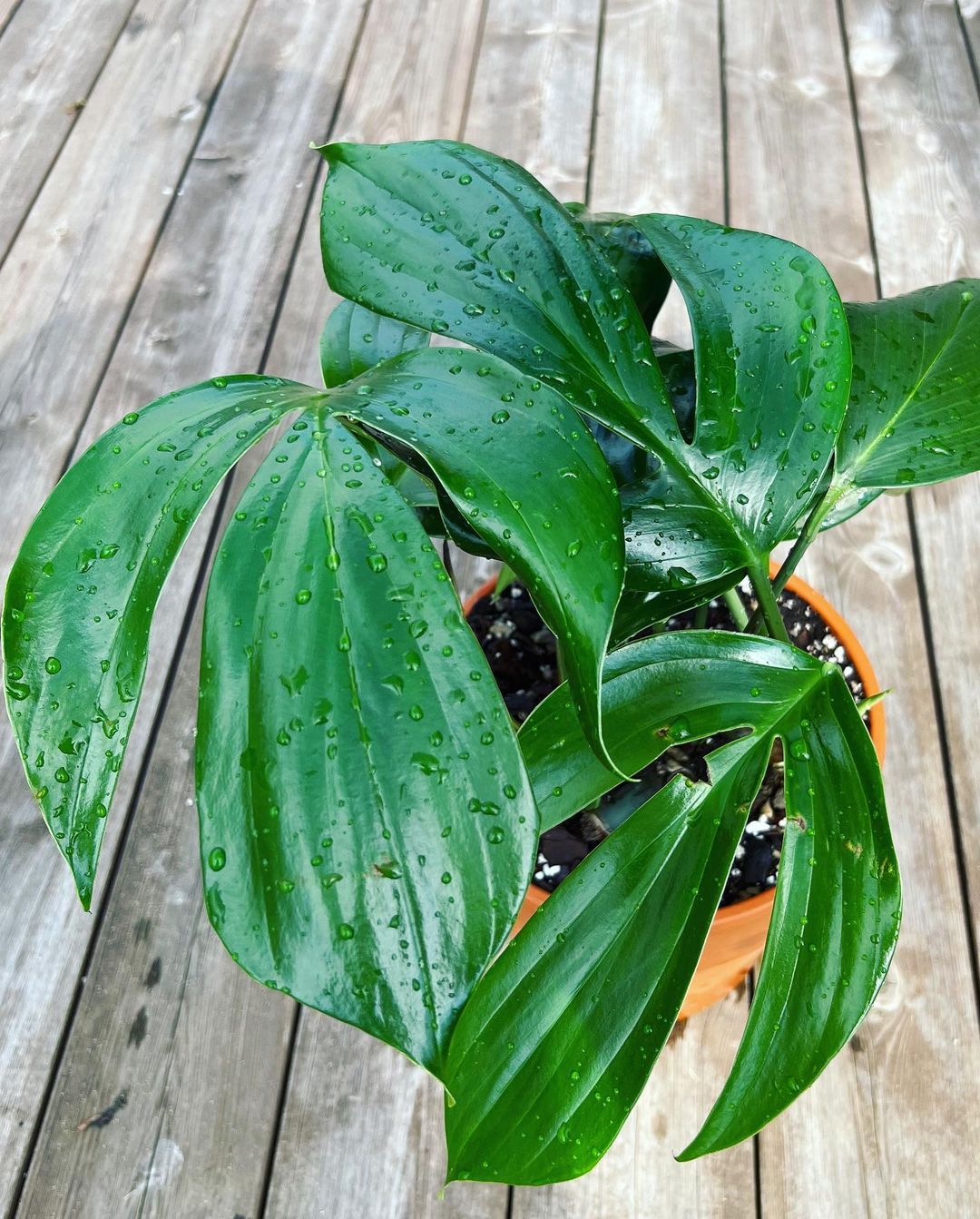Is Cauliflower Man-Made or a Product of Nature? This informative guide will reveal the surprising answer to this question.
Cauliflower, famous for its crisp and creamy florets, graces our plates in various forms – from steaming and roasting to mashing and even transforming into rice. But have you ever thought, Is Cauliflower Man Made or a Product of Nature? The origin of this seemingly ordinary vegetable is a captivating combination of human intervention and natural growth.
Find out if IS BROCCOLI MAN MADE
History and Origin of Cauliflower
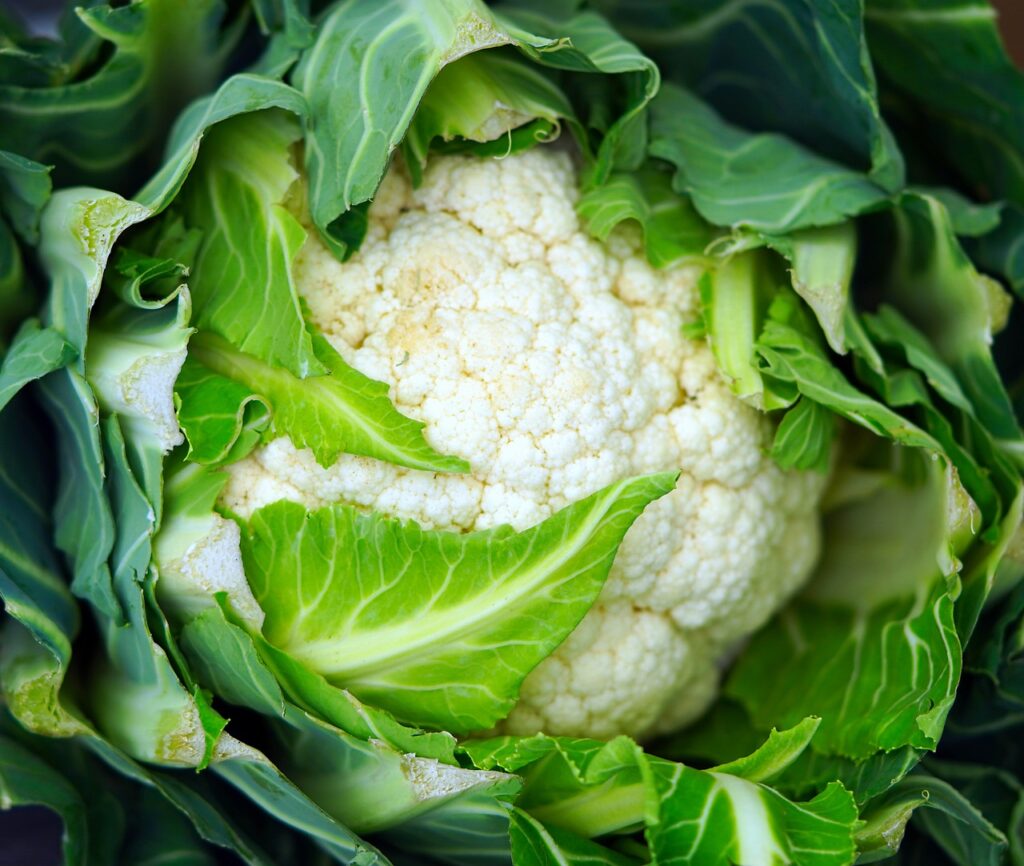
Cauliflower originated due to selective breeding from wild cabbage Brassica Oleracea during the 1500s. This vegetable appears as a hybrid of Brassica Oleracea, with the first documented instance of cauliflower dating back to 1748. While there’s speculation that the Romans might have been early cultivators of cauliflower, concrete evidence is rare.
In the early 1900s, cauliflower made its way to America. However, its popularity didn’t stop until the 1920s, primarily due to significant European and Italian migration. This period saw the development of new cauliflower varieties, which played a crucial role in its growing popularity.
Today, cauliflower holds a place of global favor as a favorite vegetable. Farmers grow it in numerous countries, resulting in diverse colors and sizes.
Find Tips to GROW PURPLE BROCCOLI
Is Cauliflower Man Made?
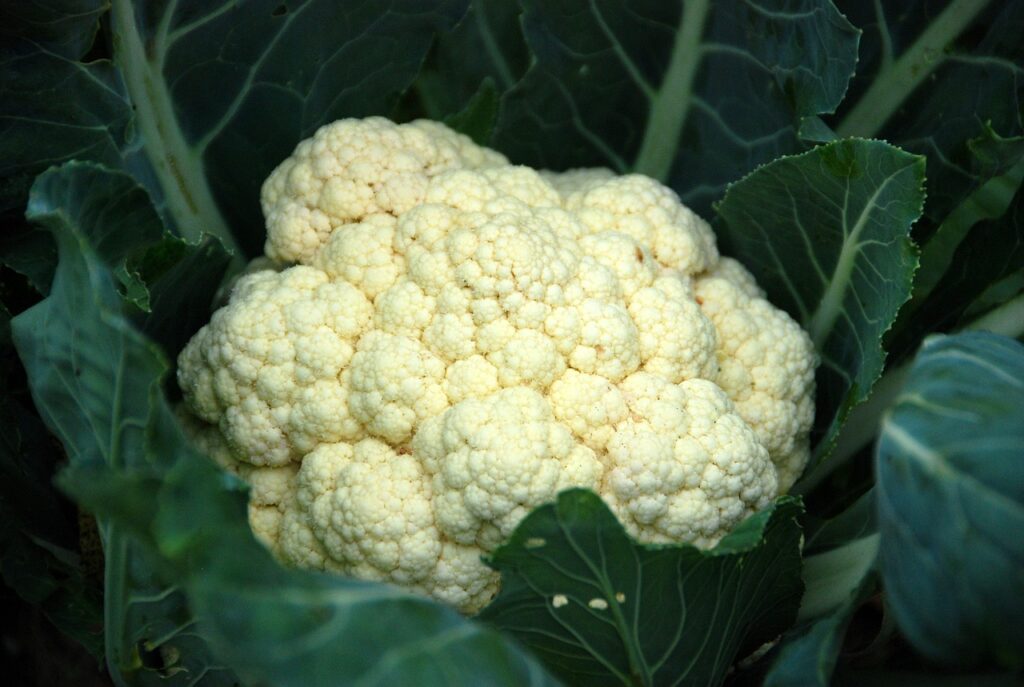
Yes, cauliflower is a man-made vegetable. However, the answer to this question is contradictory as nature gave the foundation, and human creativity provided the final touches.
Even though cauliflower belongs to the Brassica Oleracea family of vegetables, it’s important to note that it’s a man-made hybrid of this plant.
The method behind producing cauliflower (alongside other Brassica Oleracea vegetables) is termed “selective breeding.” This technique involves carefully utilizing different components of the Brassica Oleracea plant to craft entirely new plant varieties.
Find White Broccoli Information Guide
Selective Breeding
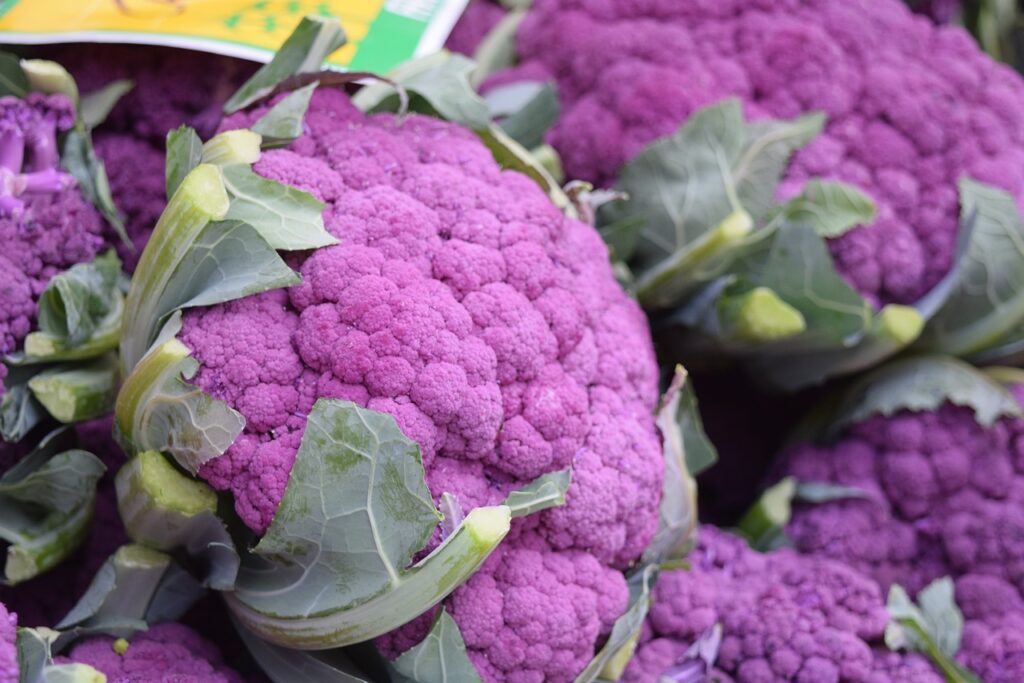
Selective breeding, the process behind creating cauliflower, involves purposefully choosing and pairing specific plants to produce desired traits in their offspring. In the case of cauliflower, this method has led to the development of a vegetable with distinctive characteristics.
During selective breeding, individuals with desired traits, such as particular size, color, or shape, are identified from a population of plants. In the case of cauliflower, wild cabbage plants (Brassica oleracea) that exhibited traits like a compact flower head with undeveloped flower buds were chosen.
These selected plants are then crossbred, allowing their genetic traits to combine. The resulting offspring inherit a mix of genes from both parent plants. Through several generations of controlled breeding, plants displaying the desired traits are consistently chosen for mating.
Over time, this intentional and controlled process leads to the concentration of the desirable traits in the population. In the case of cauliflower, traits like the tightly packed curd structure, which characterizes the edible part of the plant, were emphasized through generations of selective breeding.
Role of Nature in Making of Cauliflower

Even with all this human help, we must remember that nature played a big role as well. The process of selective breeding uses nature’s own variety of plants. People just helped to bring out certain traits that were already there rather than inventing entirely new ones.
Cauliflower: Recent Trends and Advancements
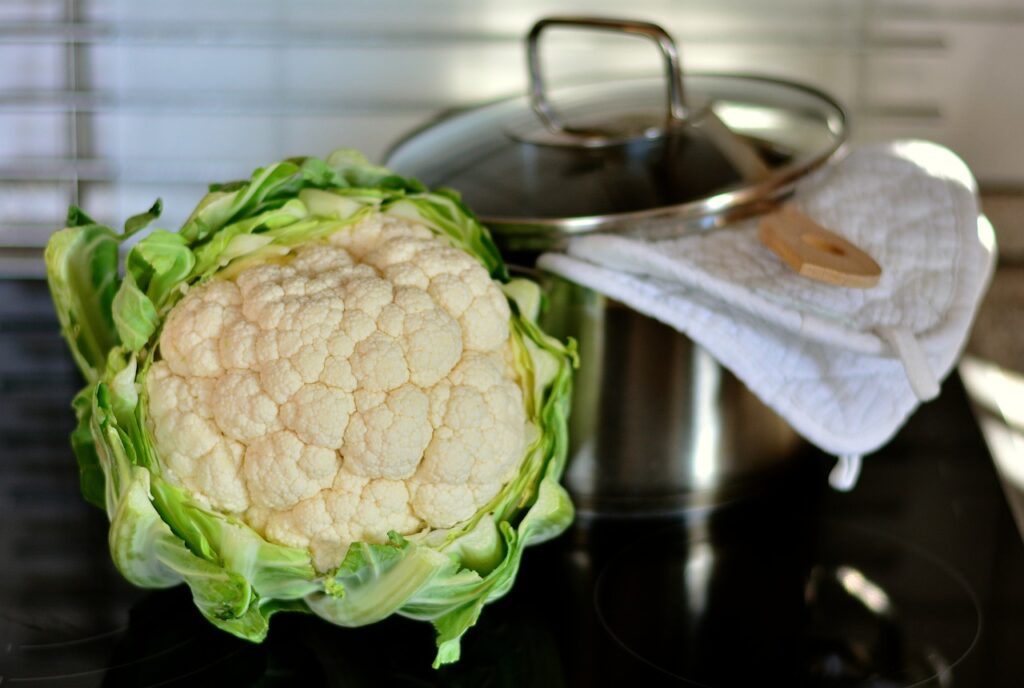
1. New Breeding Techniques:
In recent years, advancements in breeding techniques, such as molecular breeding and genetic engineering, have contributed to the development of cauliflower varieties with enhanced traits. These techniques allow breeders to target specific traits like disease resistance, improved shelf life, or even more vibrant colors.
2. Functional Foods:
Cauliflower’s naturally low carbohydrate content and high fiber content have positioned it as a functional food ingredient. It’s often incorporated into products that cater to low-carb or keto diets, such as cauliflower-based snacks and crackers.
3. Cauliflower Products:
The popularity of cauliflower has led to the creation of a range of convenience products. These include pre-cut cauliflower florets, cauliflower rice, and even cauliflower-based pasta. These products provide convenient options for those seeking healthier alternatives to traditional starches.
4. Plant-Based Movement:
With the rise of plant-based diets, cauliflower has become a versatile ingredient that can replace meat in various dishes. People often use Cauliflower to create “mock” versions of favorite comfort foods, such as cauliflower buffalo wings and cauliflower-based burger patties.
5. Emerging Varieties:
Modern breeding efforts have led to the creation of new and exciting cauliflower varieties that go beyond the traditional white variety. Purple, green, and even orange cauliflower are now available, each offering a unique visual appeal and potential health benefits due to their distinct phytonutrient profiles.
Conclusion
The answer lies somewhere in between. Cauliflower’s story goes back thousands of years, but it was through many years of watching, trying, and mixing that man-made white cauliflower people love today. Nature provided the base, and human creativity added the finishing touches. This teamwork between nature and human skill has given us a wonderful vegetable that adds flavor and nutrition to our meals.



